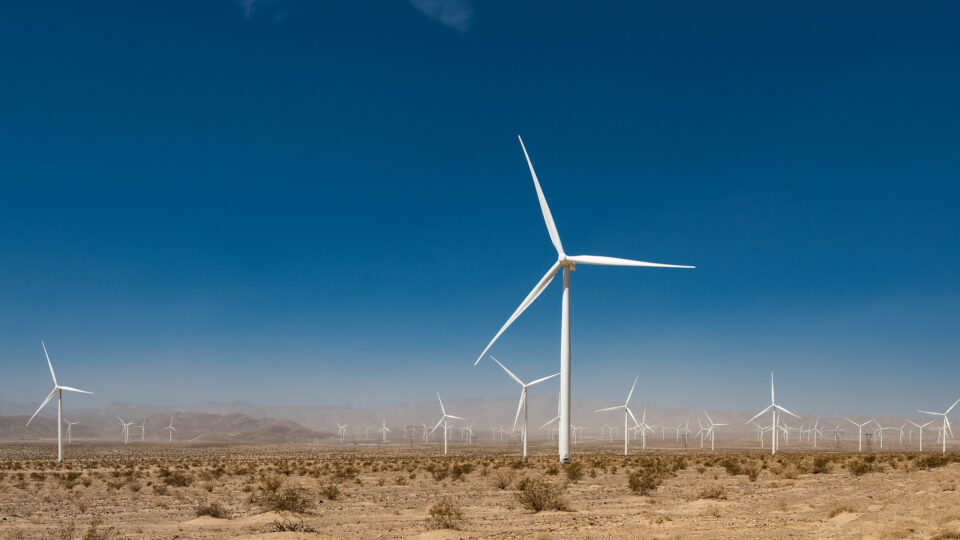Energy storage is a critical aspect of modern energy systems as they move towards heavy dependence on renewable sources such as solar and wind that don’t produce energy at the same rate all the time. Excess energy generated by solar power needs to be stored for when the sun isn’t shining; excess wind energy needs to be stored for when the wind isn’t blowing. But how much storage capacity does the energy system need to have?
Researchers at North Carolina State University have developed a model that can be used to project what a system’s storage needs would be if it were to shift entirely to renewable sources.
The model accounts for how energy production from renewable sources would change during different times of day and different times of the year. For example, there is much more solar energy generation in the summer when the days are longer, and it is sunny more often.
There is also the issue of short-term vs. long-term energy storage. Short-term energy storage does not refer to how long a storage device can store the energy. It refers to how long it can provide power at its rated level.
The study focused on Italy’s energy system, which has suffered in recent years because it had difficulties in obtaining natural gas from Russia due to the invasion of Ukraine.
As the world moves increasingly towards renewable power sources, energy systems need to be able to account for the variability of those sources. The new model offers policymakers critical information for use in energy system planning.
**********
Web Links
Model Projects Energy Storage Needs for Fossil Fuel-Free Energy System
Photo, posted October 28, 2016, courtesy of Daxis via Flickr.
Earth Wise is a production of WAMC Northeast Public Radio

